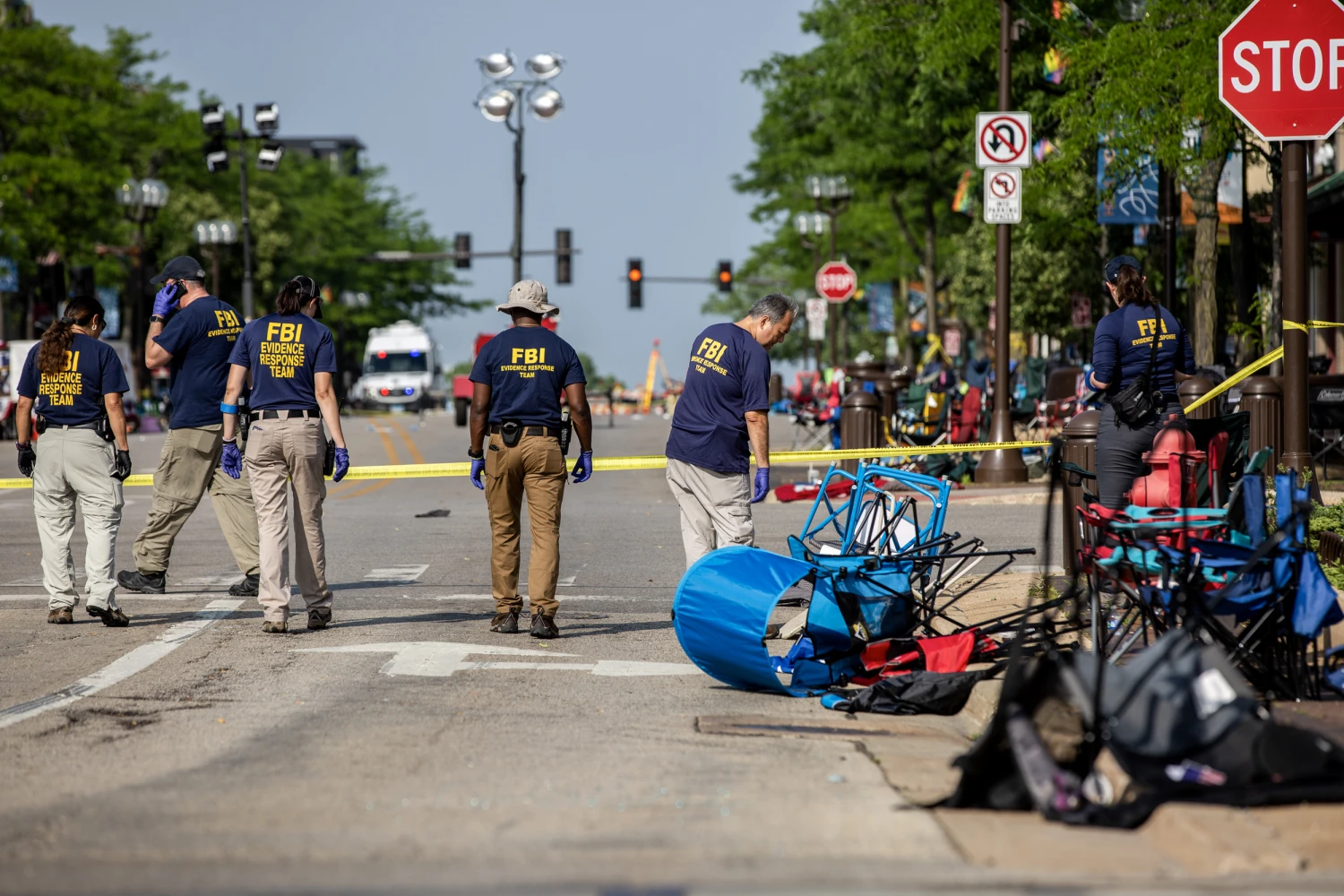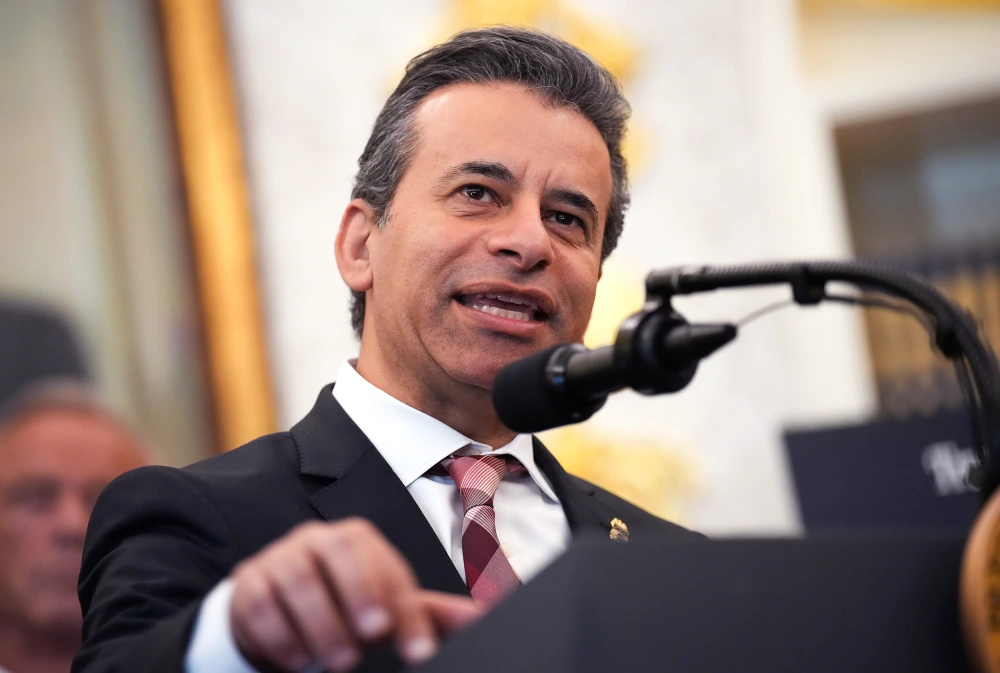Survivors of gun injuries often face a long, painful recovery. When the gun victims are children or teens, family members also struggle.
In the year following a firearm injury, child and adolescent survivors endured significant increases in pain, psychiatric and substance use disorders compared to their peers, according to research published Monday in the journal Health Affairs. The mental health of family members also was affected.
“We can’t treat injuries like this in isolation without thinking about all the factors that are occurring in the aftermath,” said Dr. Patrick Carter, an emergency medicine physician and co-director of the University of Michigan Institute for Firearm Injury Prevention. Carter was not involved in the study.
Researchers from Harvard University and Massachusetts General Hospital analyzed 15 years of claims data from employer-sponsored health insurance plans. They looked at claims for 2,052 survivors of firearm injuries — from infants through 19-year-olds — during the year before and the year after the injury. They then compared the data to health insurance claims from nearly 10,000 matched controls who were not injured by a firearm.
Through one year after a firearm injury, children and teens experienced a 117% increase in pain disorders, a 68% increase in psychiatric disorders, including PTSD, anxiety, depression and psychosis, and a 144% increase in substance use disorders relative to the controls.
“Our results suggest that the struggles of the survivors on a daily basis to recover, to heal, to get by and make it to the next day is a challenging road,” said Dr. Zirui Song, one of the paper’s authors and a primary care physician and associate professor of health care policy and medicine at Harvard Medical School.
The Centers for Disease Control and Prevention tracks gun deaths in the U.S., but there is no official data on nonfatal firearm injuries. In the new study, it’s estimated that more than 85,000 people in the U.S. survive firearm injuries each year — roughly double the number of firearm deaths — although the proportion that are children is not known.
Family shares the trauma
The researchers also compared health insurance claims of survivors’ parents and siblings to family members of kids who did not suffer a firearm injury. Mothers of survivors experienced a 30% increase in psychiatric disorders and fathers a 31% increase, relative to controls.
“This illustrates the shared trauma experienced by families,” said Song. His analysis also showed that moms of survivors may be neglecting their own health care. Their routine office visits fell by 6%, imaging by 14% and laboratory tests by 9% relative to controls.
In the study, siblings of children and teens with firearm injuries did not show an increase in mental health diagnoses and services. The data does not offer an explanation, but Song and his colleagues have a hypothesis.
“Siblings may be staying in their rooms on the phone and on the internet, avoiding social interaction, coping in a way that may not be healthy and is less visible to the health care system,” said Song.
In other words, they may not be getting the appropriate care they need.
The results provide more evidence of the need for clinicians, communities and policy makers to direct mental health resources to survivors and their families, experts say.
The researchers limited their study to one year before and one year after a firearm injury because a longer study would have been less rigorous. It would have meant following fewer people as employees leave their jobs.
Pediatrician Dr. Katherine Hoops, a faculty member at the Johns Hopkins Center for Gun Violence Solutions, said the struggle for survivors and family members likely continues beyond the year after the initial injury.
“In my own experience walking alongside families after violent injuries, these things never go away or they take a long time for a family, a community or an individual to cope with,” said Hoops, who was not involved in the study.
“If you talk to someone who has been shot, who has had a child or family member shot or who has lost a family member to gun violence, they will have no trouble telling you about the longer-term physical, emotional, mental and economic costs,” said Dr. Elinore Kaufman, a trauma surgeon and the medical director for the Penn Trauma Violence Recovery Program at Penn Presbyterian Medical Center in Philadelphia.
For Keely Roberts, who with her son Cooper was among the victims of the July 4, 2022 shooting in Highland Park, Illinois, recovery sometimes feels like “two steps forward” followed by “moments where it’s three steps back.”
Cooper, then 8, was paralyzed and now uses a wheelchair. Roberts said Cooper tries so hard to be positive, but, like the children in the study, he is struggling to cope with the aftermath of the shooting.
“Everything about our life has been just destroyed, and his little tiny body is just so hurt,” Roberts said in an interview.
Being back in school is a comfort for Cooper but also a source of anxiety, sorrow and grief, Roberts said. “He was so happy to see his friends and that brought him tremendous comfort, but it also was a reminder of what was stolen from him, what was taken so painfully away from him.”
Roberts said the school and community have been tremendously supportive, as have her son’s medical providers who told the family from day one that there would be mental health challenges ahead. Counseling has helped everyone in the family, she said, although progress is uneven.
And like the mothers in the new research, Roberts has neglected her own routine health care. She has taken a leave from work to get Cooper the care he needs, but “there are only so many hours in the day and something has to give,” she said.
Health care costs of gun injury
Not surprisingly, the study showed that health care costs climbed with a firearm injury. Health care spending increased $2,907 a month, on average, for each child and adolescent survivor, compared to controls. An estimated 5% of added spending came out of patients’ pockets. Insurance picked up 95%.
The study had several limitations, according to the researchers. For example, claims data was drawn only from commercial health insurance. But a large proportion of people who experience firearm injuries either have Medicaid — government health insurance for adults and children with limited income and resources — or are uninsured, said Kaufman.
Firearm violence is heavily concentrated among populations with low resources and people of color because of “structural racism and disenfranchisement in the United States,” Kaufman said. “So this study is not representing the most vulnerable population,” she added.
Song and his colleagues are currently undertaking a similar study among Medicaid recipients.
Despite its limitations, Carter, from the University of Michigan, said the new research is an important contribution that will inform the discussion around firearm violence, especially the need to invest in prevention.
“If we can prevent firearm injuries, then we avoid all these huge physical, mental health and economic costs that occur in their wake,” said Carter.




